The SC verdict brings relief to the sugarcane farmers in UP. But it has been a 25-year long battle
Both the Centre and state governments have the power to fix the sugarcane price, said the Apex court on April 22. Sardar VM Singh, who played a pivotal role during this battle, takes us through the journey
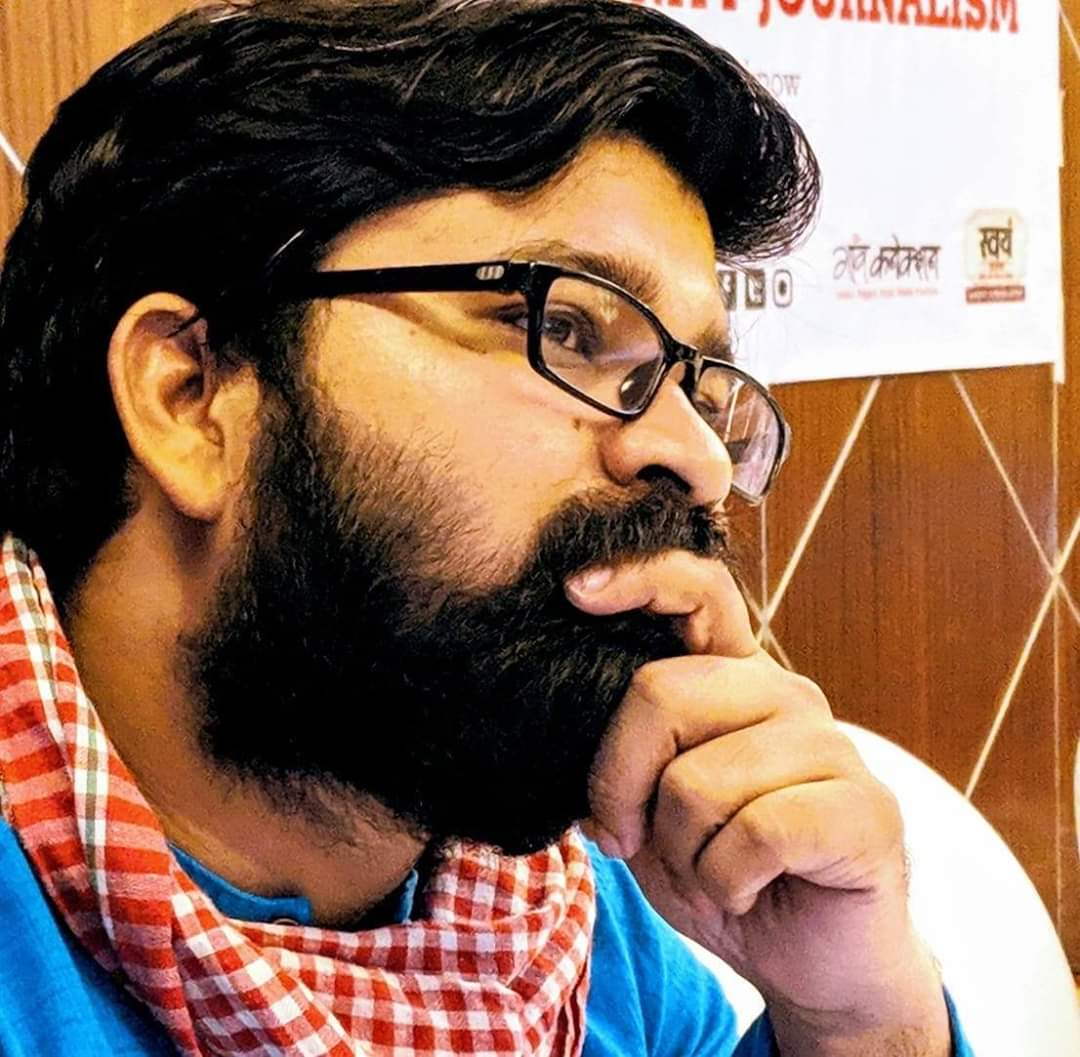
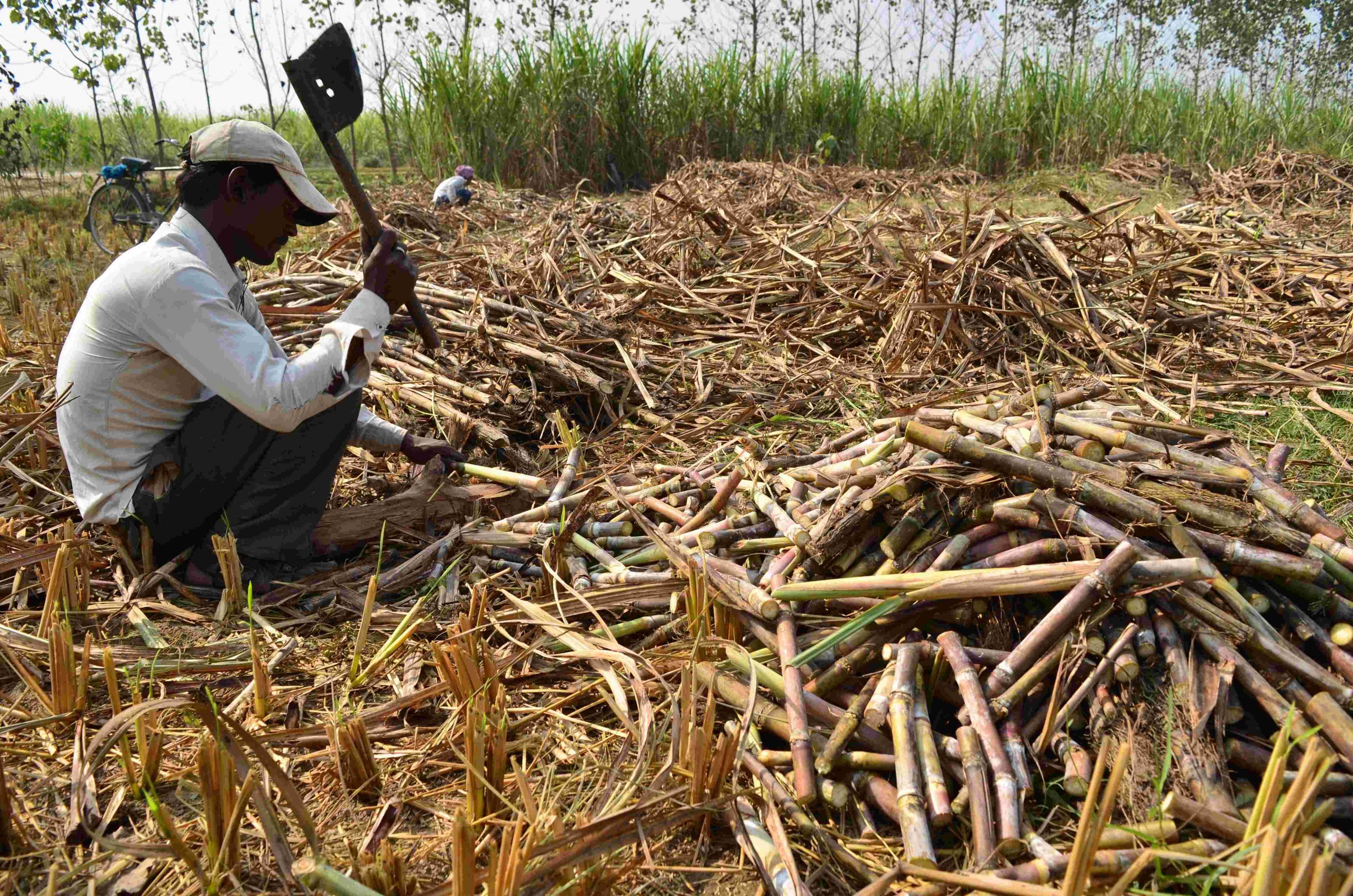
Amid reports that farmers in the country are suffering due to the nationwide lockdown, the sugarcane farmers have something to cheer about. On April 22, 2020, in a judgement, the Supreme Court ruled that the price of sugarcane can henceforth be fixed by the state governments as well. After hearing out all the parties on February 27, 2020, the five-judge Constitution bench had reserved its verdict.
The Supreme Court accepted that the state governments have the right to fix the price and refused to forward the plea of the lawyers who were representing sugar mills to a seven-judge bench. The mill owners wanted only the Central government to have the right to fix the price of sugarcane. The central government decides the fair and remunerative price (FRP) of sugarcane. In Andhra Pradesh, Karnataka, Telangana, Maharashtra, Madhya Pradesh, and Gujarat, mills give the FRP, whereas in Uttar Pradesh, Uttarakhand, Punjab and Haryana, the respective state governments decide the State Supported Price (SAP).
The decision is being seen in favour of the farmers, especially the sugarcane farmers of Uttar Pradesh. But what would have happened had the court ruled that the sugarcane farmers would get a price fixed by the Centre? In this regard, we spoke to Sardar VM Singh, the farmer leader, who played a pivotal role during this epic battle for the sugarcane farmers of Uttar Pradesh. He narrated to Gaon Connection the entire development of the issue sequentially. He also explained how the sugarcane farmers of the state escaped heavy losses.
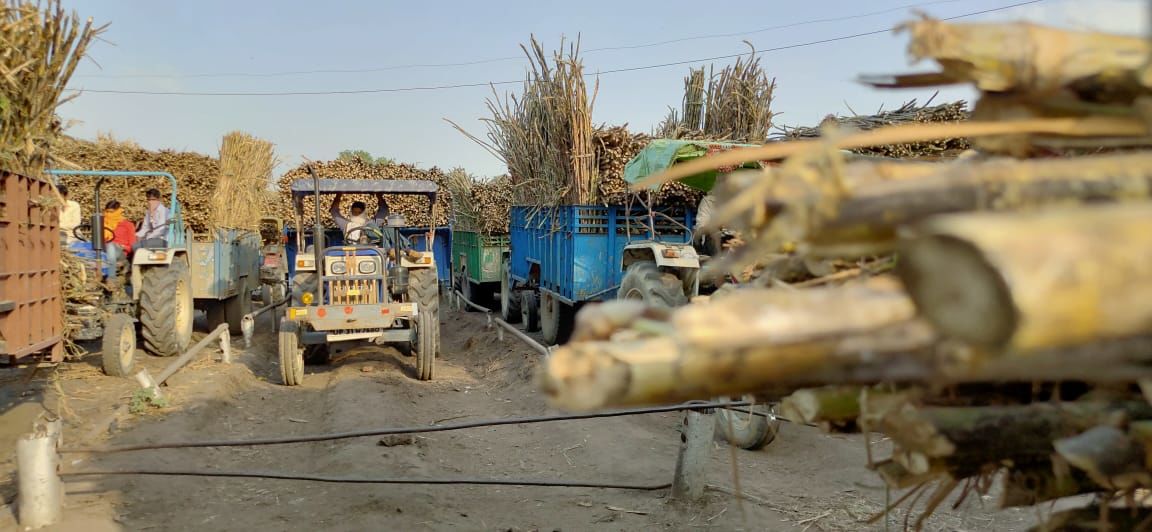
Following is Sardar VM Singh’s version
The common farmers are not even bothered about this development. They won’t even have an inkling that had the seven-judge bench altered the former 2004 decision of the five-judges bench, the farmers would have had to immediately refund the cane price difference of the state and the central government starting from the year 1996. It would have had to be done because for many years, it’s mentioned on the cane slips “the transaction will be done as per the Supreme Court order”.
The battle is 25-year long. So, I’d explain it to you year-wise.
- From 1996 to 2003-04 (eight years), the difference between the Statutory Minimum Price (SMP) and the State Supported Price (SAP) was Rs 232.70. If the average of sugarcane yields per acre is 250 quintal, the total amount is Rs 58,175. Had the mill owners won on May 5, 2004, the farmers would have to refund Rs 58,175 per acre as per the order of the Allahabad High Court. In these eight years, upon the slip was written that the transaction would be done as per the Supreme Court’s verdict. So then upon winning, the difference had been sent to the farmers’ account.
- The difference in the value of the Central and the state government pricing in eight years between 2004-2005 and 2011-12 was of Rs 411.44. At the rate of 250 quintals per acre, the total amount is Rs 102,970. Under the order of January 17, 2012, the farmers got the price difference, but the court deputed the seven-judge bench for reconsidering the five-judge judgment of May 5, 2004.
- From 2012-13 to 2019-20, the difference between the Centre and the state government of cane price was Rs 505 per quintal. In the same year, 2012-13, there was a difference of Rs 110 per quintal because due to the advent of CO 238 variety, the average sugarcane production had increased to 400-600 quintal per acre. Even if we take it to be 400 quintal, there is a price difference worth Rs 202,000 per acre over the eight years.
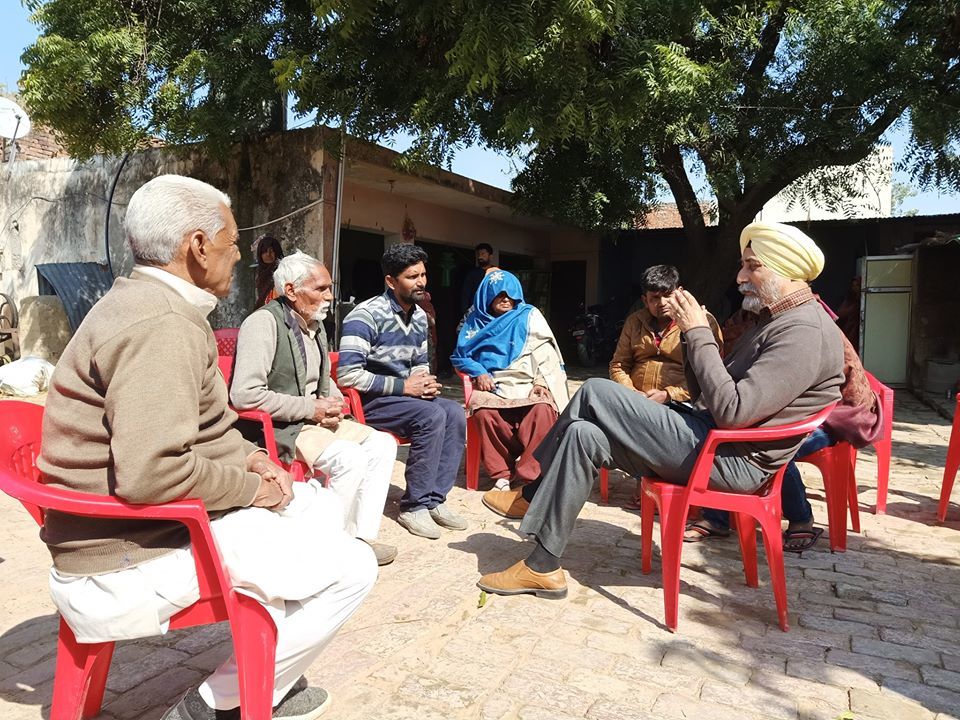
Had the Supreme Court not dismiss the plea of the mill owners on April 22, 2020, and had the seven judges reversed the judgement of May 5, 2004, the farmers would have had to refund Rs 3,63,145 per acre today. Their land would have been sold; the farmer would have been ruined, young farmers would have been desolate.
It is a matter of Rs 363,145 per acre. Farmers have time during the lockdown. They can calculate their dues of the last 25 years by adding the price difference and production from 1996 to date.
We would have to revisit the 1996-97 crushing session to find out when and how it came to pass that the 2004 judgement was sent to a seven-judge bench for consideration. While the mills of Uttar Pradesh took sugarcane from November one, but petitioned to the Allahabad High Court as 39889/1996, to which Justice Markandey Katju and Balveer Singh Chouhan ordered on December 11, 1996, that the state government does not have the right to declare cane price, therefore, the cane price of Rs 72 per quintal was invalidated and the rate of Rs 45 per quintal fixed by the central government was upheld.
There was a difference of 27 in both the rates i.e. of 1/3, so the farmers agitated and three farmers were martyred at the Simbhaoli Sugar Mill. The government moved to the Supreme Court. On January 22, 1997, Justice Barucha and Justice VN Khare refused to stay the High Court order. The mills were taking sugarcane, but they were not paying the money.
The rate on the slip was written zero and it was stamped ‘cane price will be given under the Supreme Court order’.
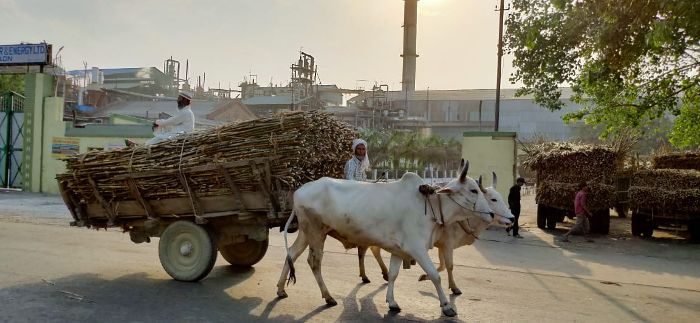
In one of my cases, the Lucknow bench had approved the recovery of 1996-97 from Bulandshahar’s Agauta Sugar Mill on February 27, 1997 on the basis of the last year’s rate of Rs 70. The government ordered to fix the rate of Rs 70 per quintal on the slips on March 6, 1997.
Thereafter, I filed a writ petition to Lucknow bench 2086/1997 in which I said that the government and the mill owners had connived to hide in the Allahabad court the fact that there is an agreement price due to cane price reservation and Form-C fixed by the state government. Therefore, in accordance with the SAP (State Advised Price) of Rs 72, the farmers should also be provided an interest upon payment delays beyond 14 days.
On February 1, 1999, Justice Haider Abbas Raza and Justice Maithilisharan accepted the right of the state government to treat the SAP as agreement price and passed an order to pay money including interest.
The mill owners appealed to the Supreme Court against it and said that the sugarcane price of the state government, when rejected by the Allahabad court, should not have been reinstated by the Lucknow bench after two years.
Both the cases were put before Justice VN Khare and Justice KG Balakrishnan in November 2000. The court heard the top-notch lawyers hired by the sugar mills for 15 minutes. The lawyers of Uttar Pradesh and Bihar sat down in two minutes and when the court was preparing for a verdict in favour of the mills. I intervened and said that the government and the mill owners were jointly involved in this and if not heard, the farmers would be ruined. The court had ordered me two-three times to remain quiet and warned that if I continue to speak, I would be jailed.
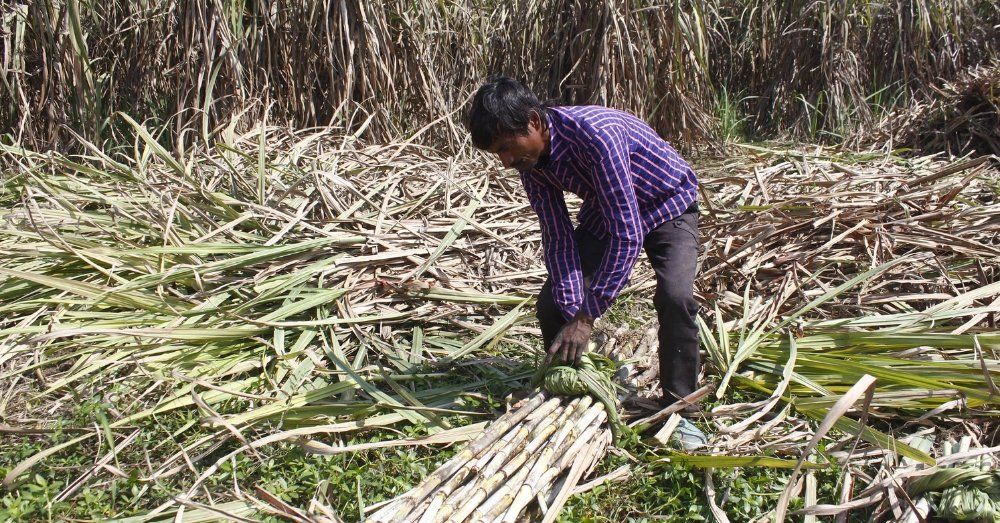
I said that I am willing to go to jail, but before that I should be heard out. The furious court gave me two minutes to speak. Those two minutes stretched into a whole day. The next day, when I began to sit after a few hours of debate, the judge sahib said that they had not allowed me to sit down.
After hearing our plea, the court ordered that there will be a single rate among society and a mill, which also required private mills to pay at the rate of the state government after the Form C agreement.
Shanti Bhushan Ji and Venugopal Saheb termed the two Supreme Court orders on the cane price as contradictory. The court referred the matter to a large bench. Even after this order, when the private mills gave a lower rate than the SAP in the years 2002-2003 and 2003-04, on my plea, the Supreme Court served a contempt notice to all the mill owners, cane commissioners and principal secretaries. A five-judge Constitution bench was heard in which the main issue was whose decision was correct among the Allahabad or Lucknow bench regarding the cane pricing of the year 1996-97.
On May 5, 2004, the Constitution bench accepted the Lucknow bench’s decision in our case and thereafter the farmers got the difference price of the previous payments.
I thought the matter was over now, but the mill owners had been to court every year since 2006-07. This time they did not challenge the right of the state government, but said that there is a fault in fixing the rate, the rate should be lower because the mill owners are in deficit. Even though the rate of Rs 125 for the year 2006-07 was retained in 2007-08, the court made it Rs 110 per quintal due to the connivance of the state government.

The government also brought down the rate for its mills at Rs 110. In this case, I submitted an affidavit of 700 pages in the court and debated for 7-8 days to establish that the mill owners are in fact in profit and all have further developed their mills.
Even after the open connivance of the government, the order came in our favour on July 7, 2008. The mill owner had gone ahead to challenge it in the Supreme Court, but the deferred payment was not received by the farmers. On the other hand, in the presence of the government, a mill owner took an order from the Allahabad court on August 30, 2008, stating that the state government does not have the right to fix rate of Rs 125 and instead the rate of Rs 81.8 per quintal fixed by the Centre is to be implemented.
I challenged this in the Supreme Court. Later, the government also joined in and both the cases were heard in November 2011 by a three-judge bench along with other cases, as the Allahabad court again questioned the authority of the state government. The mill owners now said that there is a contradiction between the order of the five-judge Constitution Bench of the year 2004 and of the five-judge Constitution Bench of the year 1956, so the matter should be referred to a seven-judge Constitution Bench for consideration.
I told the court that there was no contradiction in these orders, but the mill owners, the central and state government lawyers gave certain points in writing favouring the consideration of seven judges. The court accepted my arguments and ordered the state government to pay Rs 125-130 to the farmers by the cooperative mills and then order private mill owners to pay under one society one rate. The court, while assuming a contradiction in the orders of 1996 and 2004, recommended sending the matter for consideration in a seven-judge bench.
The three-judge bench cannot recommend a seven-judge bench, so the case came before five judges in February, 2020, who reviewed the entire case and then stated in the 79-page order, there is no contradiction between the orders of the years 1996 and 2004. He said the order of 2004 is right that the state government has the right to fix cane price.
It was 25 years of hard work and was incredibly challenging. The state government was less interested in its authority and was more involved in getting the mill owners benefited, so it kept on submitting affidavits to the High Court as well as the Supreme Court that VM Singh should not be heard as he is not a farmer.
By imposing dozens of bogus cases in the year 2011, the government tried to prevent me from going to court before the debate and in February 2020, the public prosecutor had wanted to push the case further after eight years of delay due to sickness. Whether it wants or not, the government’s right is now reserved.
Now, the government should exercise its right firmly and give to the farmers their due during the crushing session of the year 2020-21 which is one and a half times the cost, so that neither the rural economy nor the livelihood of the youth and the farmers of the country is affected adversely after corona epidemic.

